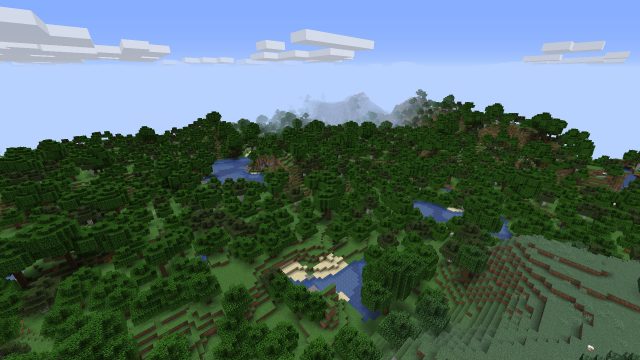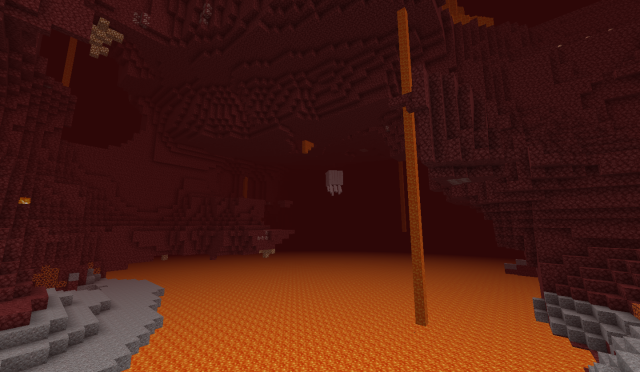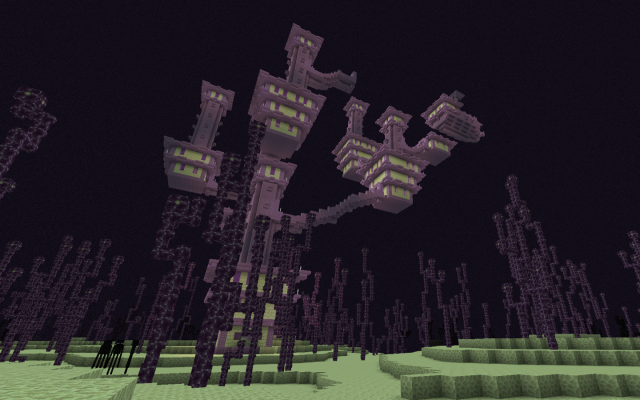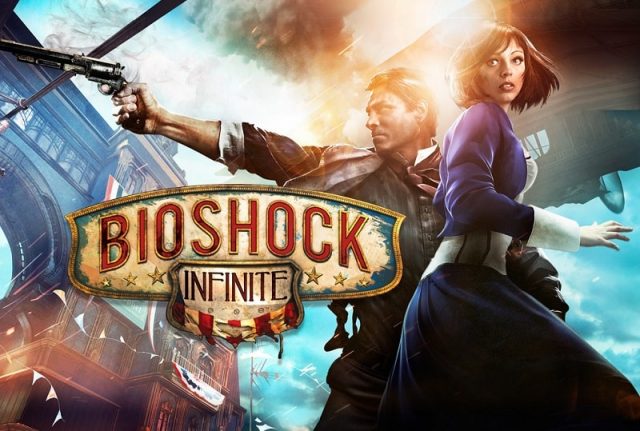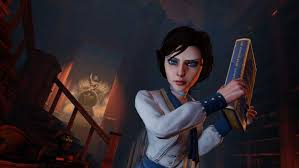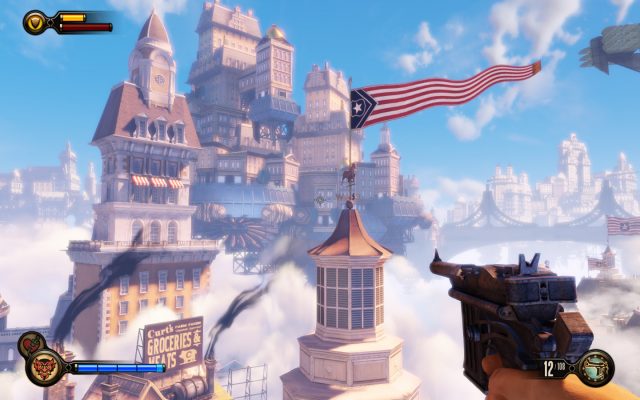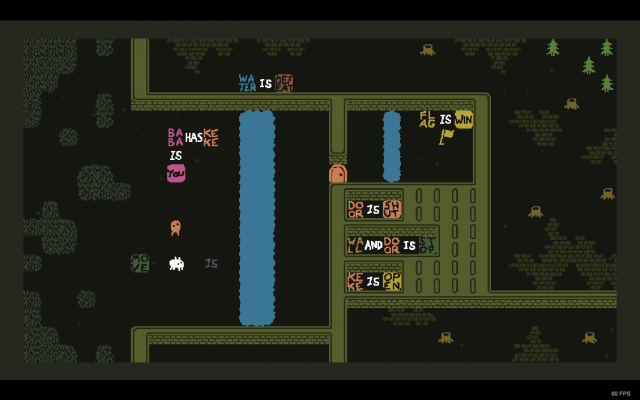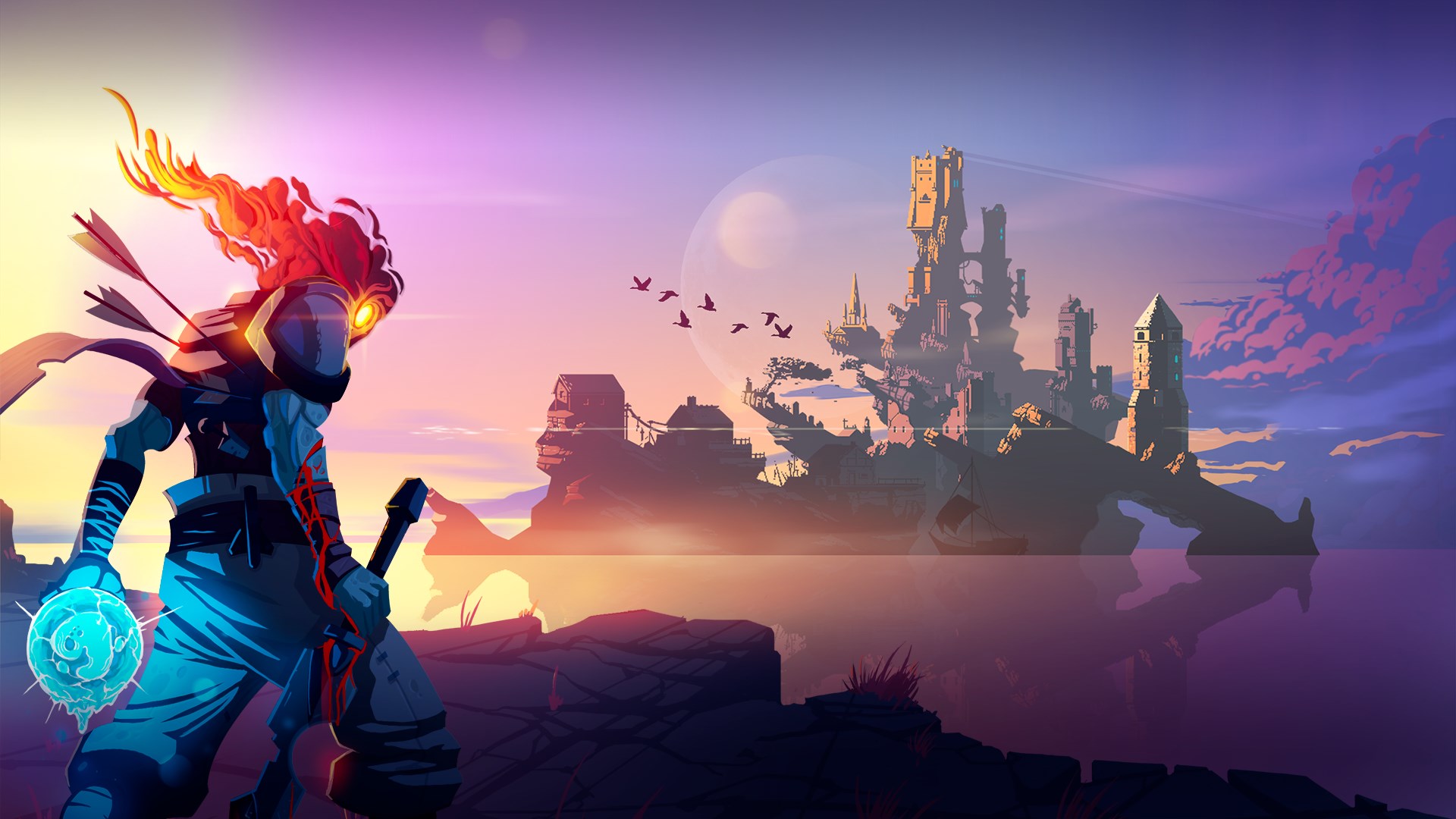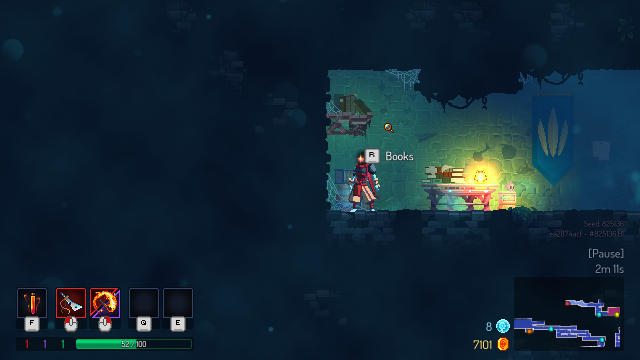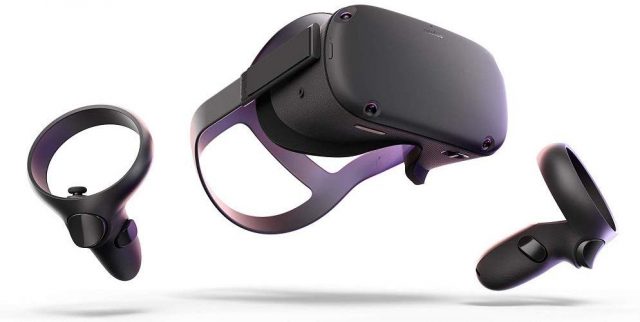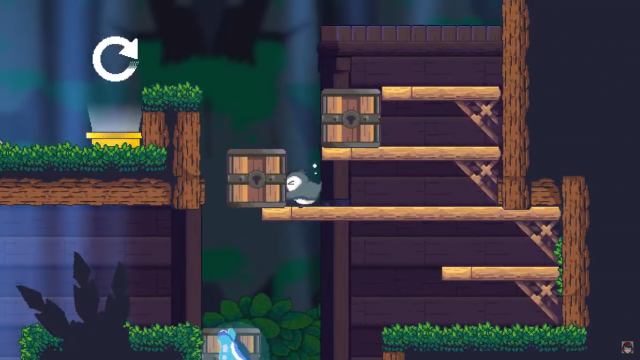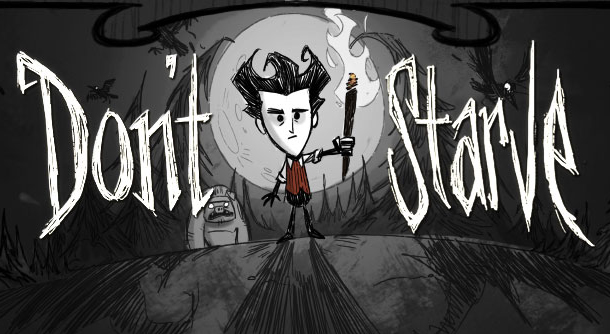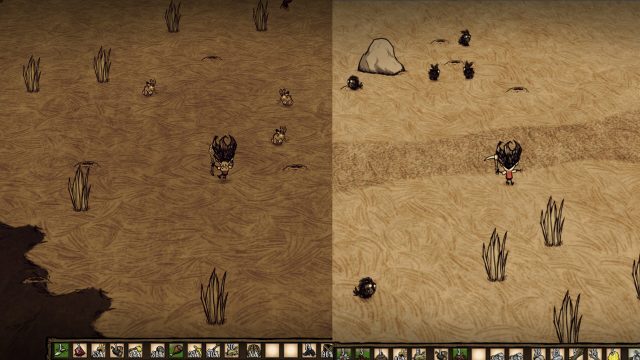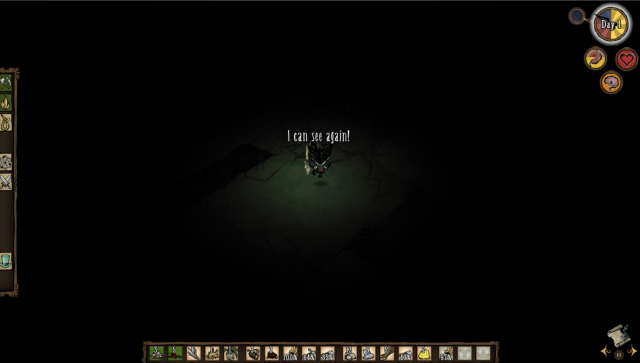
Minecraft is a sandbox video game. Players live in a blocky, procedurally generated 3D world.
“Prepare for an adventure of limitless possibilities as you build, mine, battle mobs, and explore the ever-changing Minecraft landscape.”
https://www.minecraft.net/en-us/about-minecraft
Lens of Freedom
Since Minecraft is a sandbox game that has no specific goals to accomplish, you have a large amount of freedom in choosing how to play the game! For example, you could play to kill monsters, build cities, raise pets, automate things, explore dungeons, socialize with friends, etc.
For new players, this amount of freedom might be overwhelming. Luckily, the developers added a way to “win” the game: defeat a boss called the ender dragon, giving new players a goal to work towards.

I recall having to scour the world for resources, crafting tools and weapons to make myself stronger. At night, monsters come out to attack me, therefore I built walls to keep monsters out of my base! I had to spelunk in order to find ores to upgrade my tools and weapons, which was quite scary because the caves are very dark ☹. I also had to visit two other dimensions, the nether and the end, before fighting the ender dragon.
The boss fight was very intense because I had to make a lot of preparations before fighting it. It deals a lot of damage therefore I needed the best equipment to fight it. Also, the constant fear of dying and losing everything makes it even more frightening. Eventually, I defeated the boss, which was relieving and gave me a huge sense of accomplishment. However, it did not feel like the end, as there is still so much to do and explore!
Lens of Friendship
Minecraft also has multiplayer support, allowing me to play with my friends over the internet! This is my favorite feature because I love to play with my friends. There is a chat box which allows me to talk to them no matter how far away they are in the game.
Multiplayer also makes the gameplay very diverse because everybody is different and prefer doing different things, such as building, exploring, fighting, mining, etc. I love to build, so it is even more fun to build with my friends! It is also fun to go occasionally on adventures together. It is interesting to watch my friends doing things I’m not very good at and learning from them. I can ask my friends for help, for example to go spelunking together which makes it less scary! In fact, only with my friend’s cooperation, we defeated the ender dragon together.
There are also public Minecraft servers which anybody can join and play! There are many things you can do, such as looking at other people’s creations, play mini-games and make friends!
Lens of Story
One aspect of Minecraft that seems to be lacking is the story. Some people might find it difficult to play a game with a lack of character depth and story, as there is nothing else compelling enough to play the game. There are some things in the game that don’t make sense or are out of place, such as what is the ender dragon and why should I defeat it? However, the developers have been putting in effort to give some life to Minecraft, by creating another game called Minecraft: Story Mode.
“In Minecraft: Story Mode, players control Jesse, who sets out on a journey with his or her friends to find The Order of the Stone—four adventurers who slayed an Ender Dragon—in order to save their world.”

Lens of Technology
There are two main versions of Minecraft. Minecraft is written in Java, while Minecraft: Bedrock Edition is written in C++. Java was used for quick initial development of the game, while C++ was used for its performance benefits.
Minecraft is a video game particularly known for its adaptability for modifications, additional content for the game, known as “mods”. However, the Java edition actually does not have an official modding API, even though they announced they were making one since 2012. On a positive note, in 2016, Mojang announced their official support of mods for Minecraft: Bedrock Edition, where they are known as “add-ons”.

